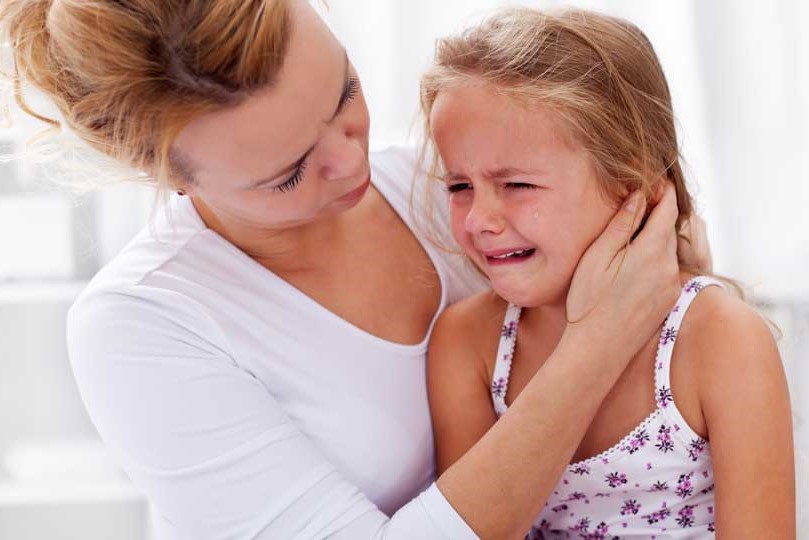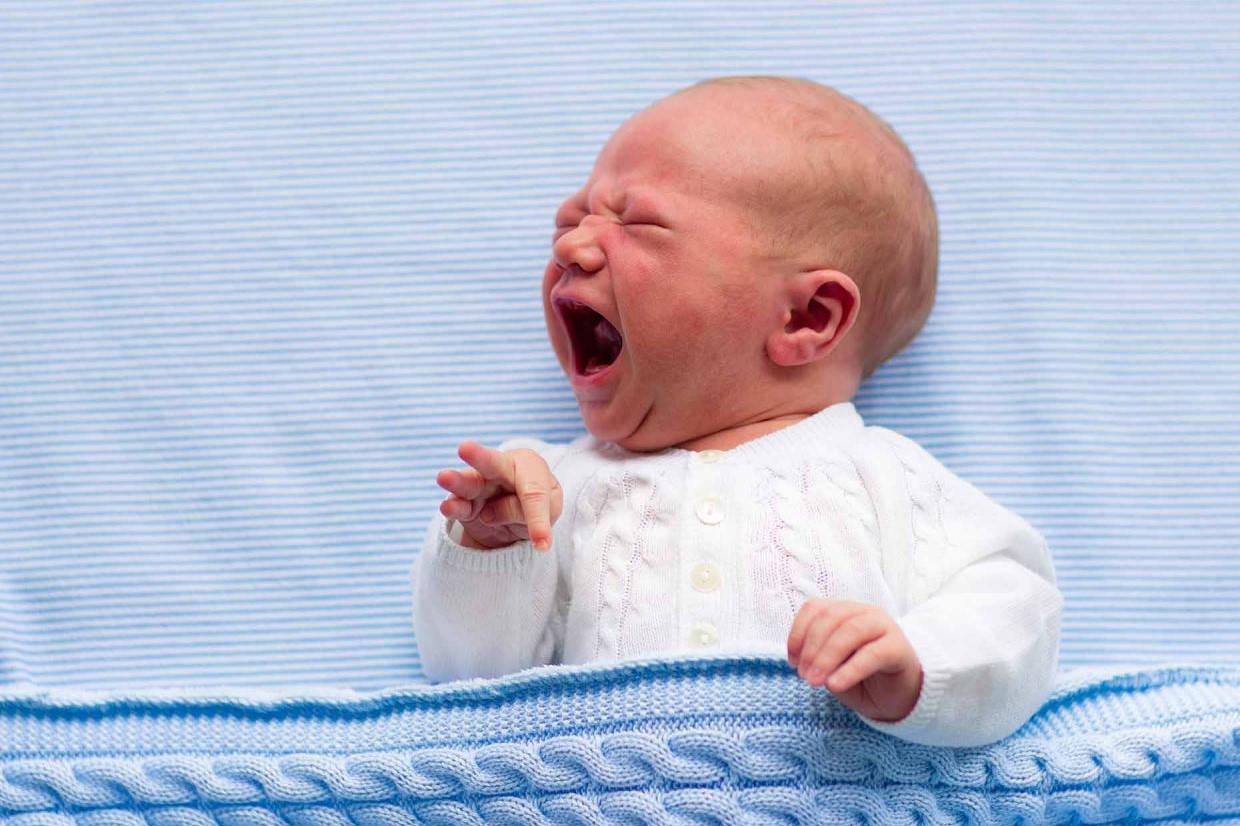
Pain perception in children: analgesic therapy in paediatrics
Children and pain: intervening in a child’s pain with an adequate analgesic therapy helps to prevent it from becoming chronic and affecting brain development
Pain is not just an unpleasant sensation, but a complex sensory modality, a system that allows us to interact with the external environment, fundamental for survival.
In fact, our nervous system recognises stimuli that can cause damage to the body and activates reflex reactions, immediate automatic responses, or preventive reactions against harmful mechanical forces, such as extreme temperatures, high or very low, or contact with toxic substances.
The IASP (International Association for the Study of Pain) in 1979 gave the following definition of pain: ‘Unpleasant emotional and sensory experience associated with, or described in terms of, actual or potential tissue damage’.
This definition emphasises the bipolar nature of pain: consisting of both physiological and psychological variables and the possible lack of a strict correspondence between the extent of damage and the intensity of pain.
At the same time biological variations, a previous experience of pain and a variety of psychological factors modify the experience of pain over time.
CHILD CARE PROFESSIONALS IN NETWOK: VISIT THE MEDICHILD BOOTH AT EMERGENCY EXPO
The child and pain:
The definition of pain previously reported, belongs more to the experience of adults as it highlights the emotional and sensory components that cannot be easily assessed in infants, children who do not yet speak or who are in the initial stages of verbalization, i.e. are starting to speak.
All this can lead to the preconception that children do not feel pain and for many years this was the case.
In reality, already in the mother’s belly, from the 24th week of gestation, the foetus has all the anatomical and neurochemical capacities to feel pain.
Moreover, after birth, the formation of the central nervous system’s nerve pathways and nociceptive areas, which signal tissue damage through painful sensations, known as the algic system, is completed by one year of age, while the mechanism of modulating painful stimuli, known as the antalgic system, which eliminates or reduces pain, matures more slowly.
Therefore, infants and young children experience pain at a higher intensity than adults.
Inadequately treated pain in infants and children:
The maturation of the algic-antalgic system continues during the neonatal period and in infancy.
The importance of this developmental stage in the maturation of the pain system is a function of the high ‘plasticity’, capacity for change, of the central and peripheral nervous system that occurs during this period of growth.
It follows that repeated painful stimulation consolidates and strengthens the developing connections of the pain system and can modify the nervous system which is still immature at all levels, both peripheral and central.
In this way a decreased pain threshold develops, i.e. a greater ease in transmitting the painful stimulus and negatively influencing brain development, resulting in increased fragility in stress-related disorders and anxiety-related behaviour.
Thus the experience of pain during the neonatal period and in infancy may determine the ultimate structure of the adult pain system.
Even the preterm infant remembers pain: many studies have shown that memory is formed and enriched at very early stages and affects what we perceive throughout our lives.
Many of these memories remain unconscious, but can lead to behavioural, cognitive and psychosocial problems.
In addition, repeated pain stimuli, which are not covered by adequate pain therapy, amplify the pain sensation and give rise to the phenomenon of sensitisation.
Sensitisation is a clinically important process that contributes to pain, soreness, hyperalgesia, the accentuation of pain symptoms in response to a normally painful stimulus, and allodynia, the perception of pain in response to a non-painful stimulus.
An example of sensitisation is sunburned skin, where a pat on the back, a hot shower or simply touching a T-shirt can cause a sensation of acute pain.
The three components of pain perception in children:
How this happens is not entirely clear, just as many doubts remain about the location of the brain structures where the activity that produces pain perception takes place.
Recent hypotheses define three components involved in children’s pain:
- Direct, representing dull, slow, diffuse pain transmitted by C-type nerve fibres;
- Discriminative, transmitted by delta, myelinated, fast A-fibres;
- Cognitive, which refers to the brain and the ability to understand the pain experience and is influenced by family, culture and previous pain experiences.
The influence of the family environment on the frequency of pain sensation seems to occur especially in the adolescent years: mothers of adolescents with pain symptoms show more symptoms of stress, anxiety and depression than mothers of adolescents who had no pain.
In addition, it appears that symptoms of anxiety during pregnancy may anticipate the presence of somatic disorders, which are linked to the relationship between body, environment and mind, in children at 18 months of age.
Finally, cognitive dysfunction or catastrophic parental thinking appears to have an influence in the development of chronic pain, which continues over time, in children.
The role of parents in children’s feelings of pain:
Unfortunately, even an overprotective attitude of parents, such as asking children often about painful symptoms or preventing them from regular physical activity, are related to increased disability, reduced autonomy in doing daily actions, in children with chronic pain.
From what has been said, it is clear that pain is not a simple nervous mechanism to describe, but the perception of pain depends on a complex interaction between different structures and phenomena, which continually modulate the extent and quality of the perceived pain: it is a somatopsychic, physical and psychic, subjective experience, characterised by biological, affective, relational, experiential and cultural features that cannot be separated.
From this explanation of pain, it follows that a therapy with drugs that eliminate or reduce pain, called antalgics, correct cannot disregard a global and individualised approach to the person of the child who suffers.
Read Also:
Emergency Live Even More…Live: Download The New Free App Of Your Newspaper For IOS And Android
Pain Management In The Paediatric Patient: How To Approach The Injured Or Aching Children?
Pericarditis In Children: Peculiarities And Differences From That Of Adults
In-Hospital Cardiac Arrest: Mechanical Chest Compression Devices May Improve Patient Outcome
Chest Pain In Children: How To Assess It, What Causes It
Stress And Distress During Pregnancy: How To Protect Both Mother And Child
Chronic Pain And Psychotherapy: The ACT Model Is Most Effective
Pain Therapy For Back Pain: How It Works



